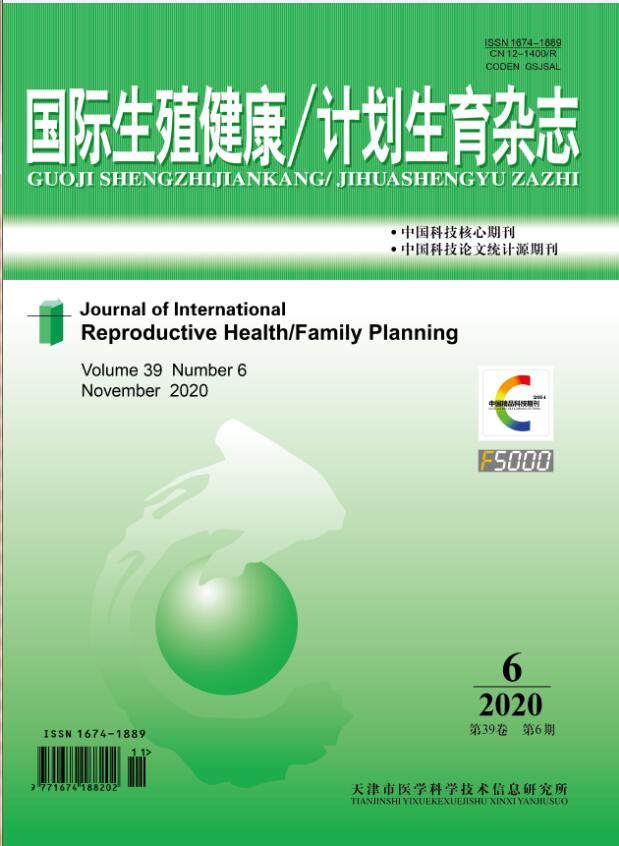|
|
Progress in the Diagnosis and Treatment of Caesarean Scar Pregnancy
MA Yuan, ZHANG Guang-mei
2020, 39 (3):
251-256.
Caesarean scar pregnancy (CSP) is a type of ectopic pregnancy, which is an abnormal and life-threatening embryo implantation form. During early pregnancy, the fertilized egg is implanted in the scar of the previous uterine incision of cesarean section. With the opening universal two-child policy in our country, and with the development of transvaginal ultrasonography, the frequency of CSP diagnoses has increased as well. People′s understanding of CSP is also more profound. Clinical manifestations of CSP are various, even one third of CSP patients are asymptomatic at the time of diagnosis, as many as 10% of CSP cases could be initially misdiagnosed. Although there is no consensus on the best treatment plan and management guidelines for CSP, the treatment objectives basically include the following four points:to terminate pregnancy, to reduce bleeding, to prevent uterine rupture and to preserve fertility. Management options include expectant, medication, uterine artery embolization (UAE), surgery and a combination approach. In this review, we discuss the prevalence, diagnostic criteria, and clinically available treatment options of CSP.
References |
Related Articles |
Metrics
|

